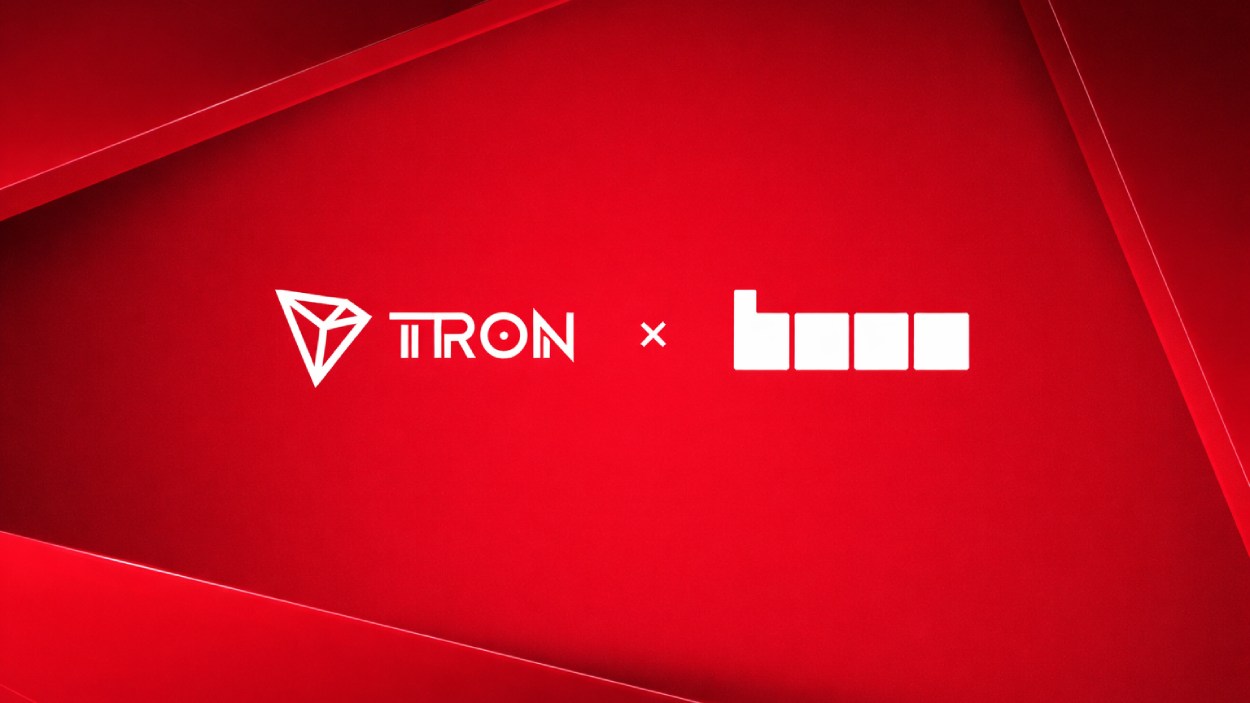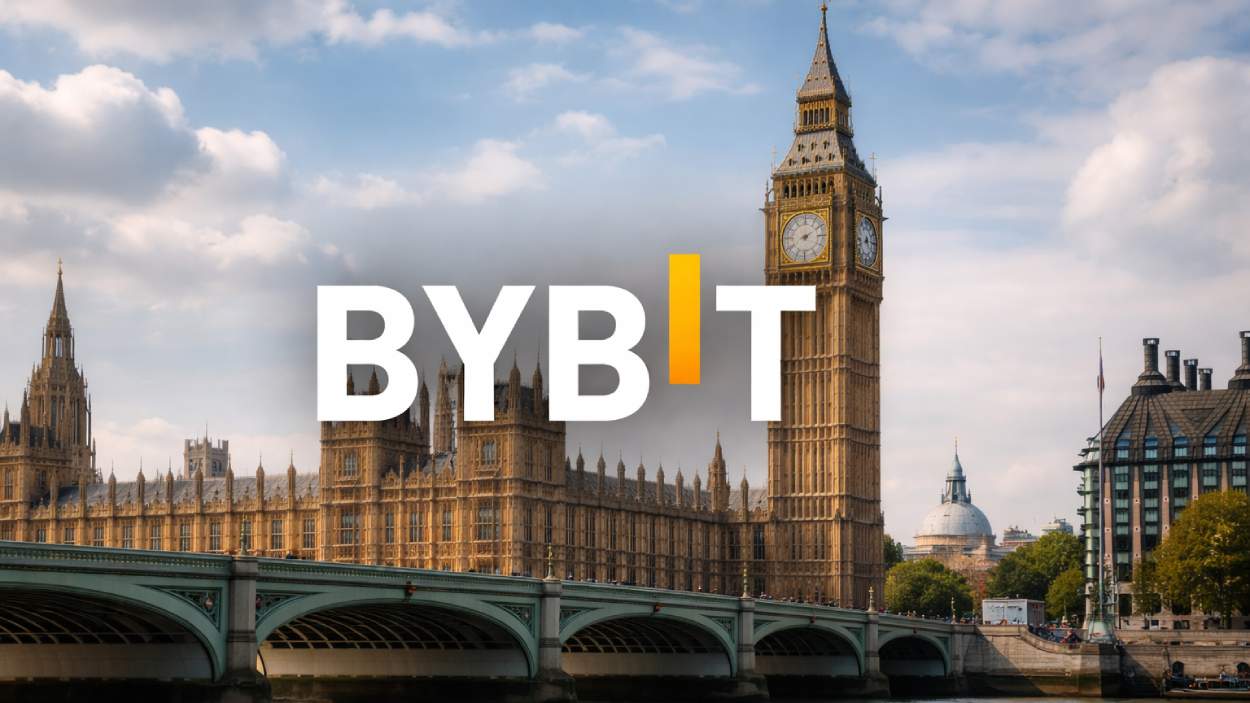Circle is warning European lawmakers that unresolved regulatory conflicts could threaten the future of stablecoins in the region, as a looming 2026 deadline risks forcing crypto firms into costly dual licensing.
Key Takeaways
- Circle warns that EU stablecoin firms may need both MiCA and PSD2 licenses by March 2026, creating double compliance costs.
- The overlap between MiCA and PSD2 contradicts the EU’s goal of regulatory clarity and proportionality, raising fears of stalled innovation.
- Industry experts say euro-pegged stablecoins could lose momentum, as firms might reduce services or exit the EU market.
- Circle urges lawmakers to amend PSD3 or MiCA and extend the transition period to at least 2027 to avoid market disruption.
What Happened?
Circle’s EU policy chief Patrick Hansen has raised alarms over a regulatory overlap between the Markets in Crypto-Assets (MiCA) framework and the Payment Services Directive (PSD2). According to Hansen, the European Banking Authority (EBA) now expects crypto firms to obtain both licenses for handling stablecoins starting March 2026. Circle’s CEO Jeremy Allaire echoed the concerns, calling it a critical moment for regulatory alignment in Europe.
𝐓𝐡𝐞 𝐄𝐔 𝐫𝐢𝐬𝐤𝐬 𝐚 𝐦𝐚𝐣𝐨𝐫 𝐫𝐞𝐠𝐮𝐥𝐚𝐭𝐨𝐫𝐲 𝐨𝐰𝐧 𝐠𝐨𝐚𝐥 𝐟𝐨𝐫 𝐬𝐭𝐚𝐛𝐥𝐞𝐜𝐨𝐢𝐧𝐬 🇪🇺
— Patrick Hansen (@paddi_hansen) October 31, 2025
We’re nearing year-end — and the MiCA ↔ PSD2 overlap for stablecoin custody and transfers is still left unaddressed. This could become a serious bottleneck for (euro)… pic.twitter.com/WB81CEvdLZ
Regulatory Conflict Creates Compliance Chaos
The problem lies in how European authorities interpret the scope of MiCA and PSD2. MiCA was introduced in 2023 as the world’s first comprehensive crypto regulation. It provides licensing and compliance requirements for crypto asset service providers (CASPs), including those issuing and managing e-money tokens (EMTs), such as euro-denominated stablecoins.
However, in a June 2025 No Action Letter, the EBA clarified that stablecoin custody and transfer activities also fall under PSD2, even if already licensed under MiCA. This means that firms operating in Europe may need:
- A MiCA license, requiring €125,000 in capital.
- A PSD2 payment license, also demanding €125,000.
- Compliance with both supervisory regimes, including separate fraud reporting and authentication protocols.
This results in at least €250,000 in capital requirements, plus ongoing administrative and legal costs. Hansen warned that these burdens could discourage firms from continuing operations, or worse, push them toward unregulated alternatives.
Circle and Industry Leaders Call for Urgent Fix
Circle argues that the situation contradicts the European Union’s principles of proportionality, legal clarity, and regulatory simplicity. Many crypto firms, including Circle, have already invested substantial resources to comply with MiCA, expecting a unified set of rules across the European Economic Area.
The EBA has provided a transition period until March 2, 2026, during which national regulators are advised not to enforce the dual licensing requirement. But no permanent solution has been implemented.
To prevent disruption, Circle proposes two immediate actions:
- Extend the transition period to at least 2027, giving more time to adapt legislation.
- Amend the upcoming PSD3 or MiCA to ensure that stablecoin-related services fall under a single regulatory regime.
These proposals are gaining traction, especially as PSD3 and the Payment Services Regulation (PSR) are still under legislative review. Some industry voices also recommend exempting self-custodial EMT transfers from payment rules to simplify compliance for wallet users.
Dual Rules Could Hurt EU’s Digital Finance Ambitions
The stakes are high. A 2025 study in the Journal of International Economic Law found that the EU enforces the strictest stablecoin regulations globally, even more stringent than those in the US or UK. Adding PSD2 requirements on top of MiCA could further weaken the region’s competitiveness and innovation appeal.
As Hansen stated on X, “That means regulatory duplication for firms handling stablecoin services.” Circle and other stakeholders argue this could create a “regulatory own goal” just as Europe seeks to become a digital finance leader.
The European Commission’s simplification agenda and recent economic policy reports have all stressed the need to reduce barriers, not create more. Yet, if no legislative alignment is reached before March 2026, euro stablecoins may lose adoption momentum, and users may gravitate to offshore or unregulated providers.
CoinLaw’s Takeaway
In my experience tracking stablecoin regulation, the EU’s strength has always been in setting global standards. But this time, it feels like Brussels is caught in its own red tape. I find it baffling that after building MiCA as a unified framework, regulators are now adding PSD2 back into the mix for the exact same activity. Circle’s warning should not be taken lightly. If lawmakers don’t act quickly, they risk derailing their own digital finance agenda. Stablecoin issuers won’t wait around. They’ll move where the rules make sense and the cost of compliance isn’t a business killer.

























































